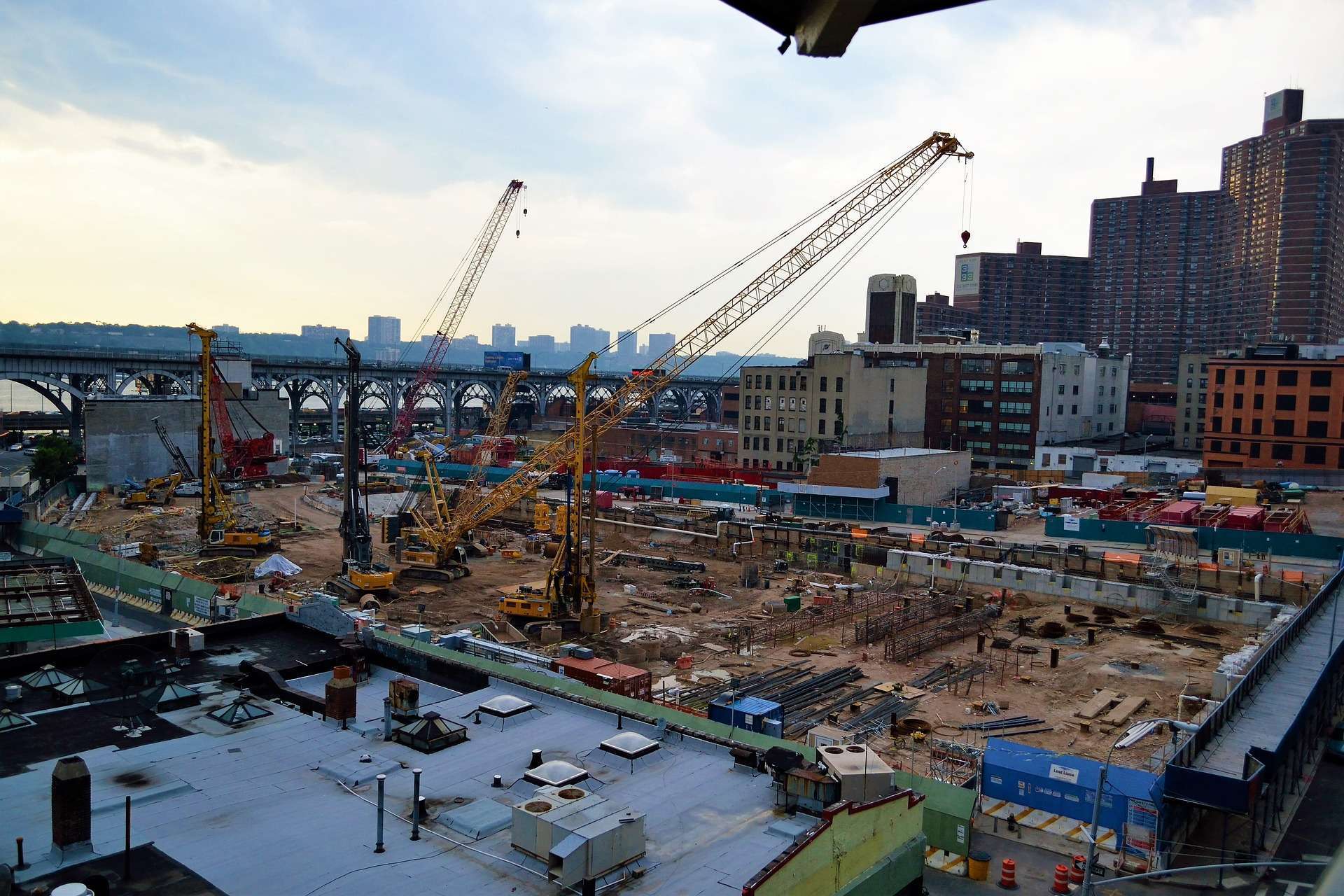
Multifamily Revenue Management in the Dock
A recent article published by ProPublica: "Rent Going Up? One Company's Algorithm Could Be Why," is the latest to inform us on how revenue management works.
Observers of the industry cannot miss this article, as it appears to have occasioned a high-profile class action lawsuit filed in a San Diego court. The lawsuit is not the subject of this blog. But as usual, when I read criticism of revenue management that stems from a misunderstanding of how it works, I feel duty-bound to respond. There are three important claims that the article gets wrong, each of which I will address below.
Misunderstanding Cause and Effect
ProPublica strongly suggests that revenue management software is causal in driving up rents across the market. It uses two sources of information to substantiate this claim: Publicly available quotes from revenue management "experts" and context-free statistics relating to performance.
For example, the statement that an operator "outperforms their market by 4.8%," when placed alongside an unrelated quote about how revenue management software drives large rent increases, might look like cause and effect to the untrained eye. But those who understand multifamily revenue management know that a 4.8% outperformance is not the same as a 4.8% inflation of prices, as the article suggests.
Operators improve performance by making better, more analytically-informed decisions further in advance. Sophisticated algorithms predict future supply and demand and avoid problems that would otherwise result in underperformance. When operators make fewer bad decisions, revenue performance improves—none of this entails price-gouging.
Beware of Conspiracy Theories
Secondly, the article and lawsuit both make the bizarre allegation that RealPage is running "a new kind of cartel" on behalf of its clients. The logic goes that because many people in the same markets are pricing their units using the same algorithm, the company running that algorithm must be coordinating supply and demand and ultimately inflating the price of apartment units for an entire market.
This is dangerous nonsense. Revenue management software cannot coordinate supply and demand between properties or across markets. And the pricing recommendations that the software issues are executed through pricing calls, where stakeholders in a property's performance meet to review price changes for an individual property.
The stakeholders making the pricing decisions must meet or exceed performance expectations, which places a natural focus on the financial well-being of the individual property for which they are responsible. It leaves no room for the kind of mustache-twiddling manipulation of market forces that the article insinuates.
How Multifamily Revenue Management Software Actually Works
The final point the article gets wrong is that the software's algorithm may be artificially inflating rents and stifling competition. I will assume positive intent on behalf of ProPublica's writers and say that they misunderstand the arguments they have constructed to substantiate this claim, but they are wrong.
For example, the article says many things about data sharing and using the same algorithm across the market, suggesting that the algorithm controls supply and demand at a level above the individual property. Many competing multifamily firms are indeed using the same algorithm, but their pricing activities have nothing to do with one another.
To use a common parallel: Saleforce.com (SFDC) runs most companies' CRMs (a far higher proportion of the addressable market than any revenue management software). Each client's CRM is filled with highly confidential information. Following ProPublica's logic, we would conclude that SFDC coordinates sales activities between the companies that use it. They clearly aren't, and revenue management software is no different. High market penetration is not evidence of collusion.
In another related misunderstanding, the article quotes RealPage's description of "Disciplined analytics that balance supply and demand to maximize revenue growth." The writers explain that individual actors cannot balance supply and demand by themselves (suggesting that the statement by itself must be evidence of collusion).
Once again, those familiar with revenue management get what "balancing supply and demand" means in this context. There is a certain amount of potential renters for my property (demand), and I have a certain number of units to sell (supply). And by using an algorithm to make predictions about supply and demand, we can make better pricing decisions to optimize our share of available demand. That is what "balancing supply and demand" means—it is about efficiency, not collusion.
A Sadly Familiar Theme
What is different about this piece compared to previous critiques of revenue management is the way it co-opts a sadly familiar theme. The article suggests that we should be suspicious of property management companies and developers who seek to make their businesses more profitable. It's the same wrongheaded logic that leads local jurisdictions misguidedly toward rent control.
We have a housing crisis in the United States, and there is only one way to solve it: to build much more housing. You cannot solve a supply and demand problem like housing affordability by trying to make providers less profitable.
ProPublica was conceived as a not-for-profit investigative journalism outlet designed to serve the public interest. It appears to believe that by attacking landlords (and their suppliers) for attempting to improve their performance, they are contributing to making housing more affordable. This intuition is quite wrong: more success attracts the capital needed to create more homes.
To put it another way, we cannot solve a housing crisis by making profitability and performance dirty words in our industry.
Revenue management is not about gouging customers—the people who think it is are missing the point. And as the former CMO of Rainmaker (where LRO was part of my remit), I cringed at the quotes in both the article and the legal complaint about rent increases from professionals who ought to know better. Spiking the ball on large rent increases shows a poor understanding of the economic impact of revenue management and is out of place in an industry for whom housing affordability is a top priority.
We will watch with interest how this conversation plays out. I expect there will be an extensive discussion of this topic at OPTECH this week in Las Vegas. Landlords have always been a natural target for negative press. But housing affordability is too important to fall prey to the kinds of conspiracy theories espoused in the ProPublica article and the lawsuit that followed it.
![]()
Source: Multifamily Revenue Management in the Dock
https://www.creconsult.net/market-trends/multifamily-revenue-management-in-the-dock/




